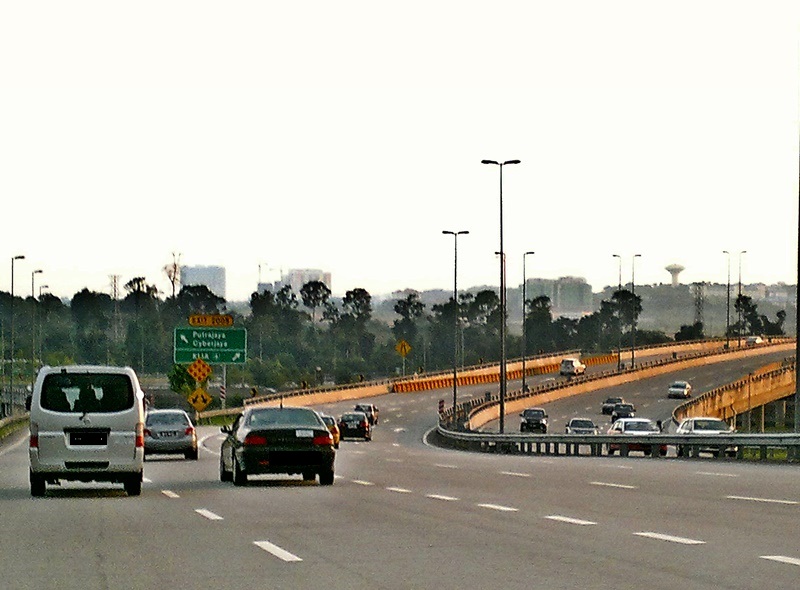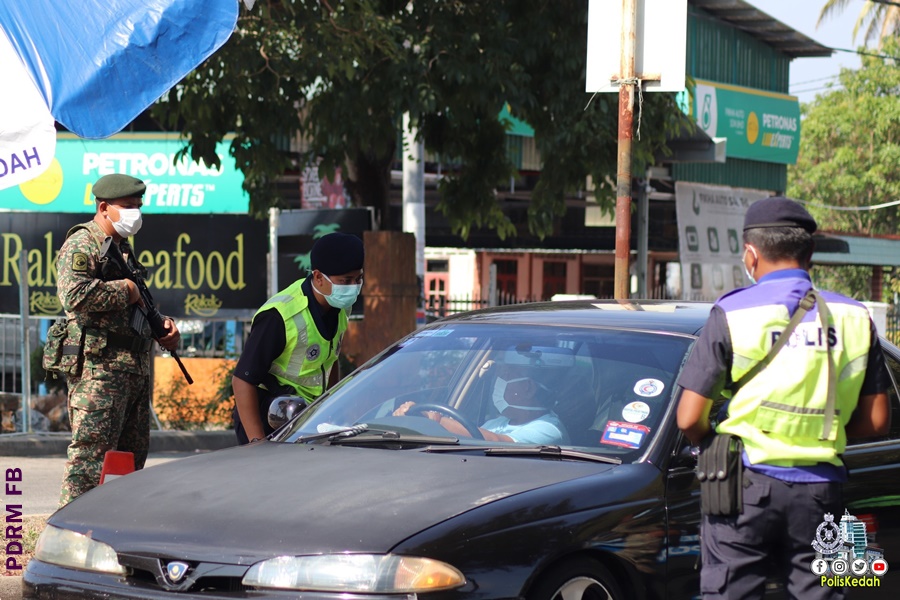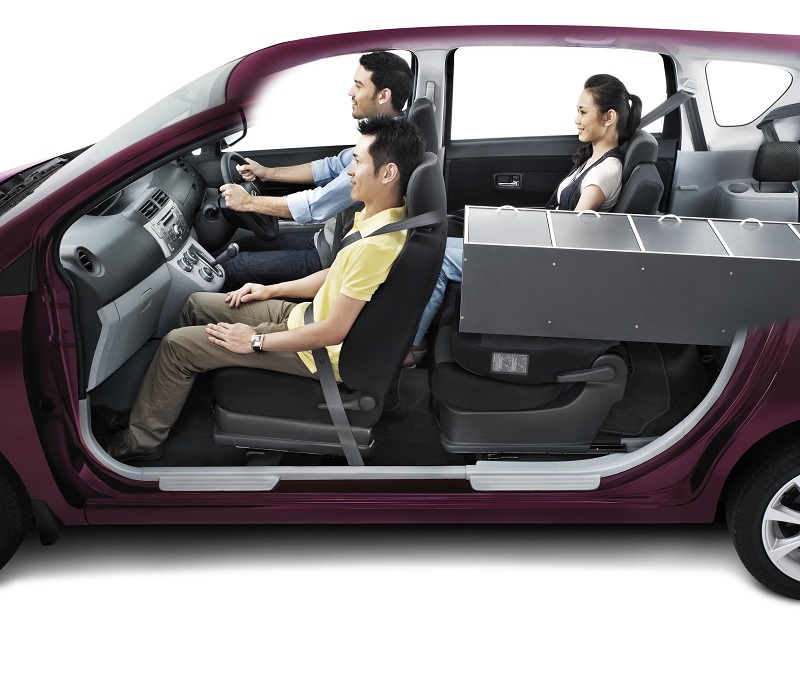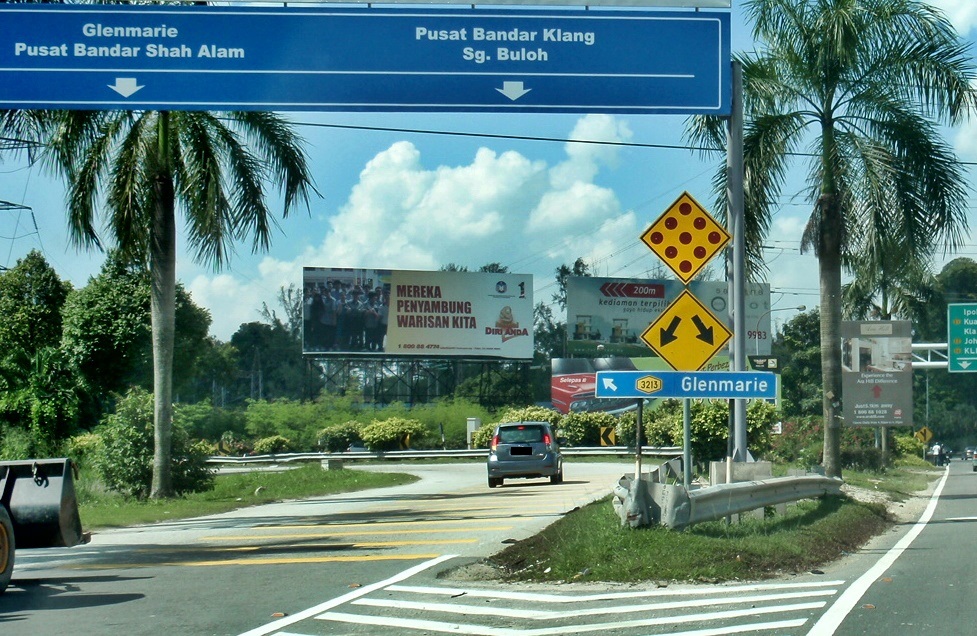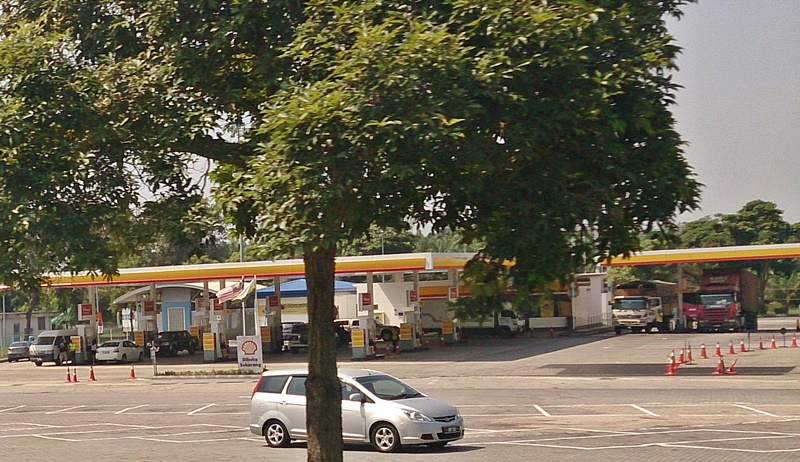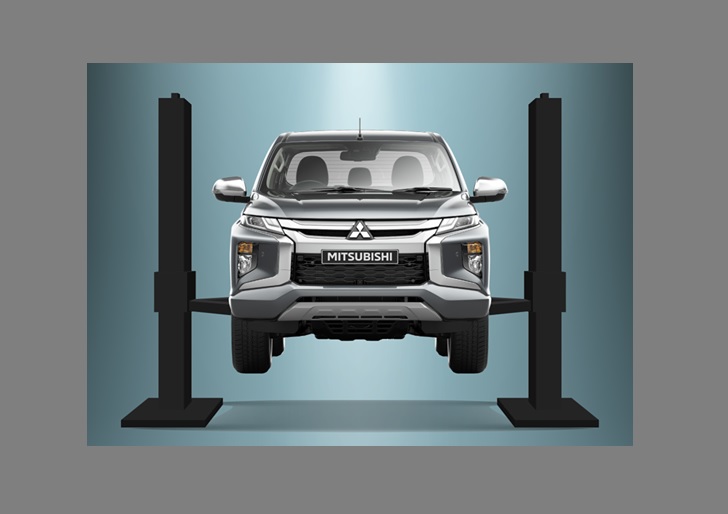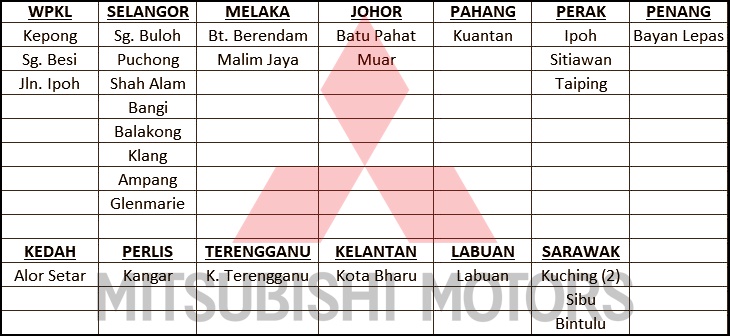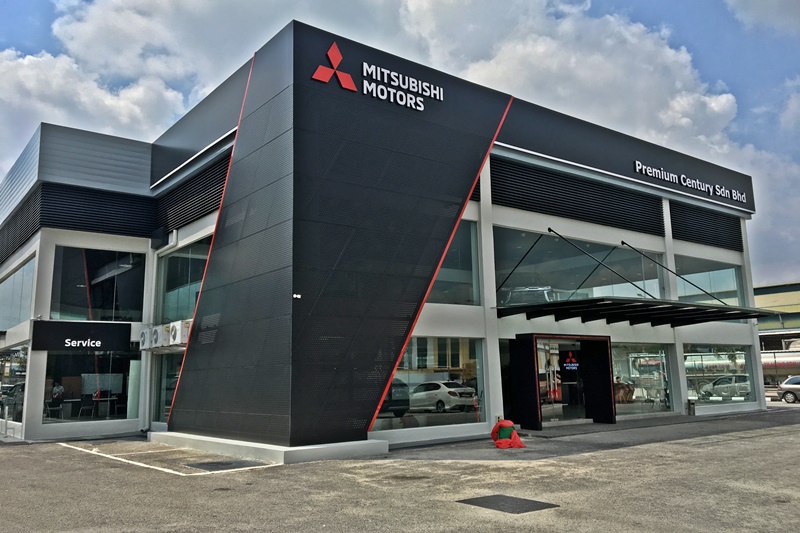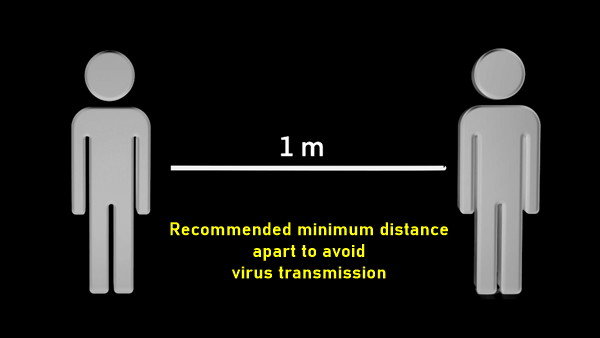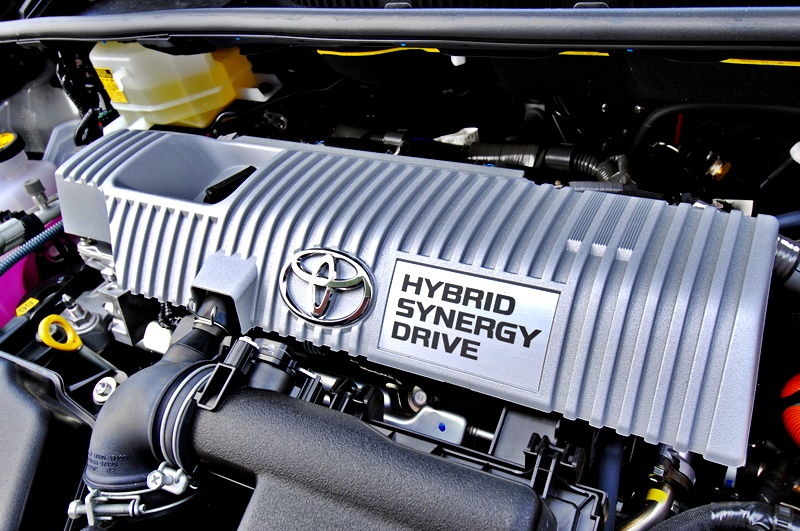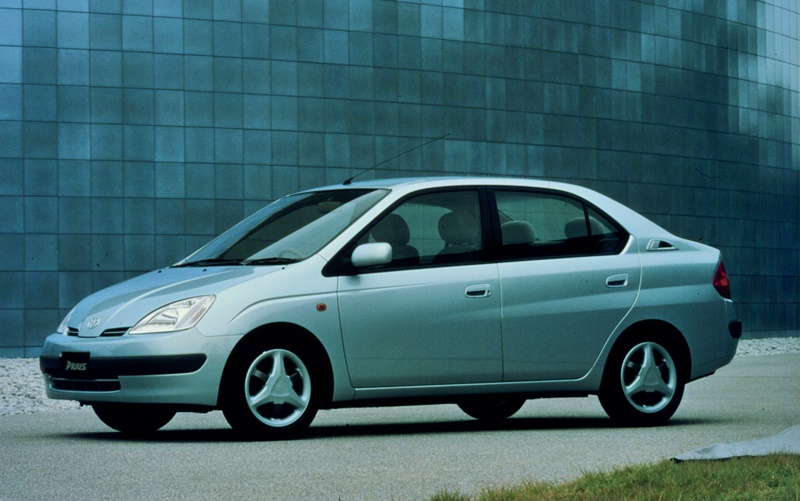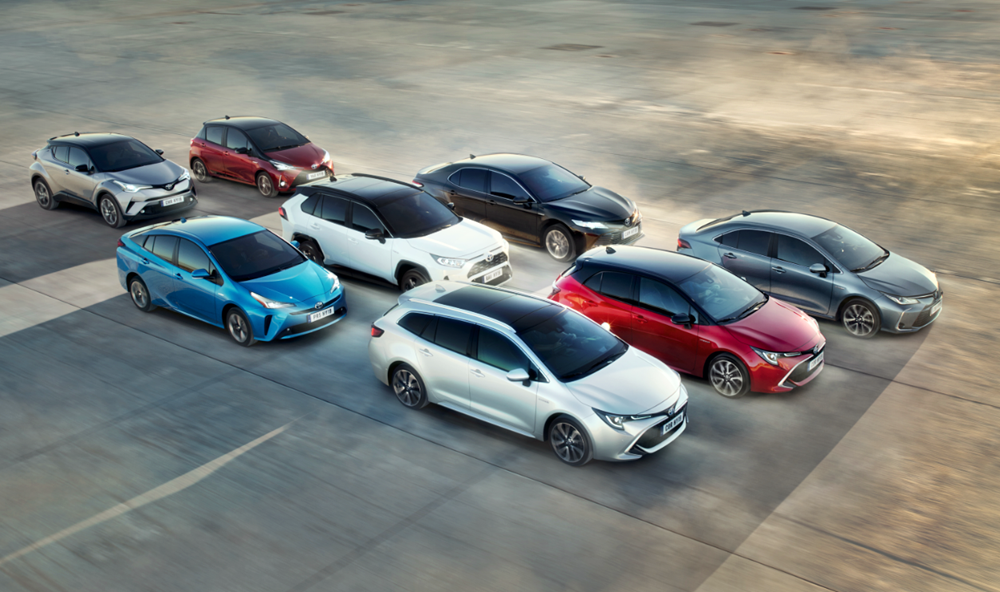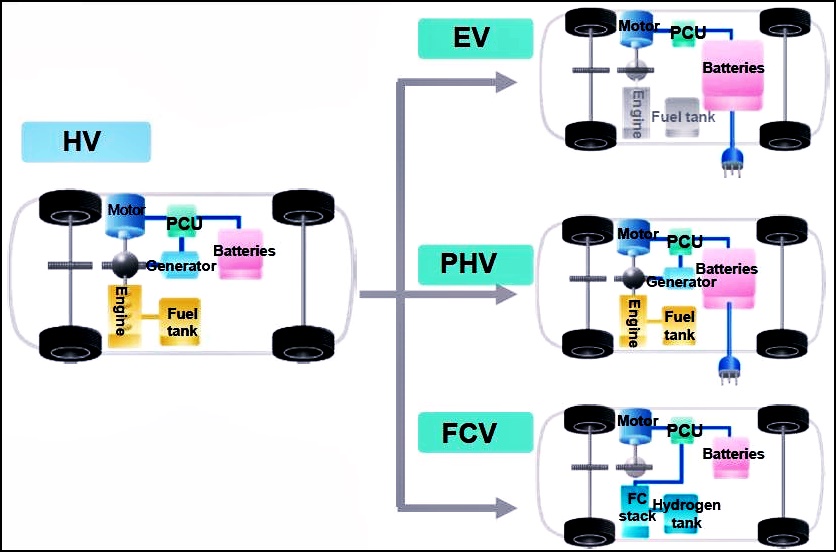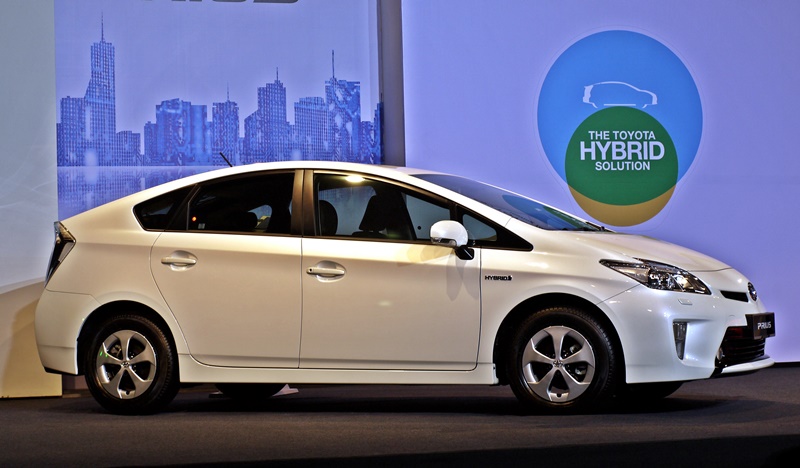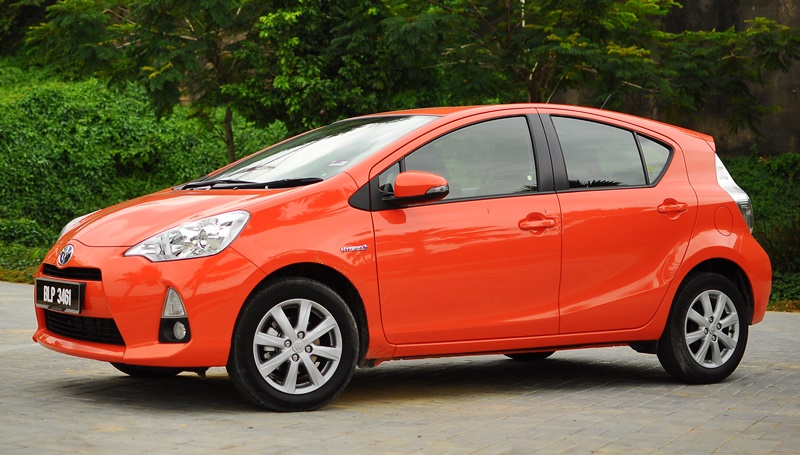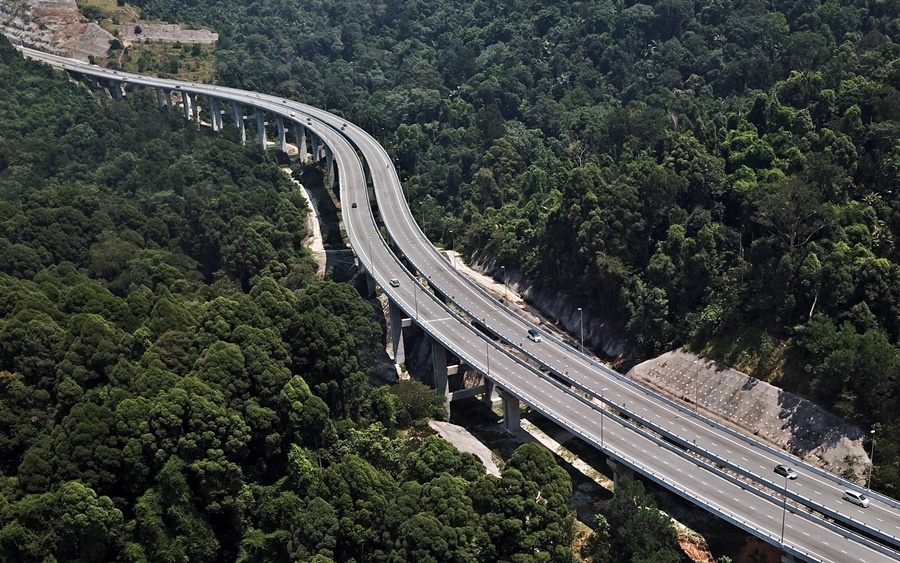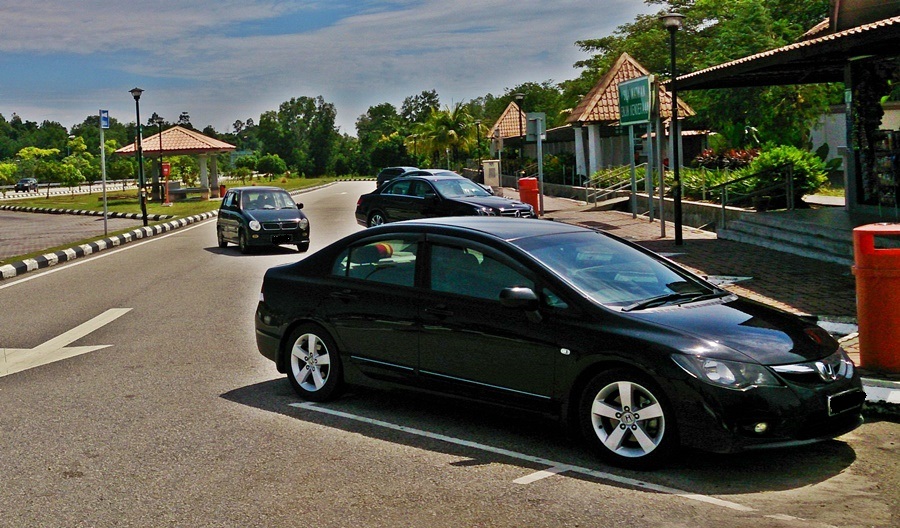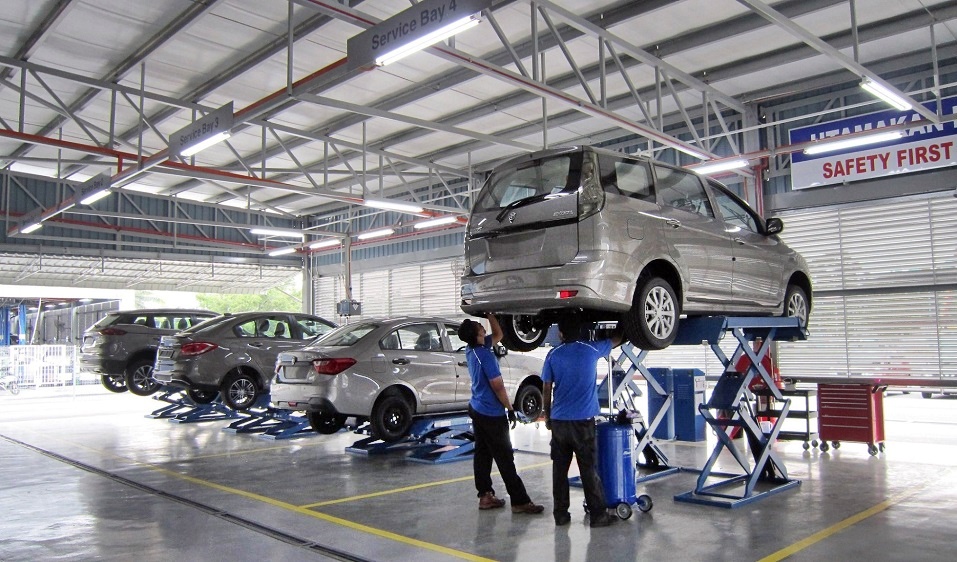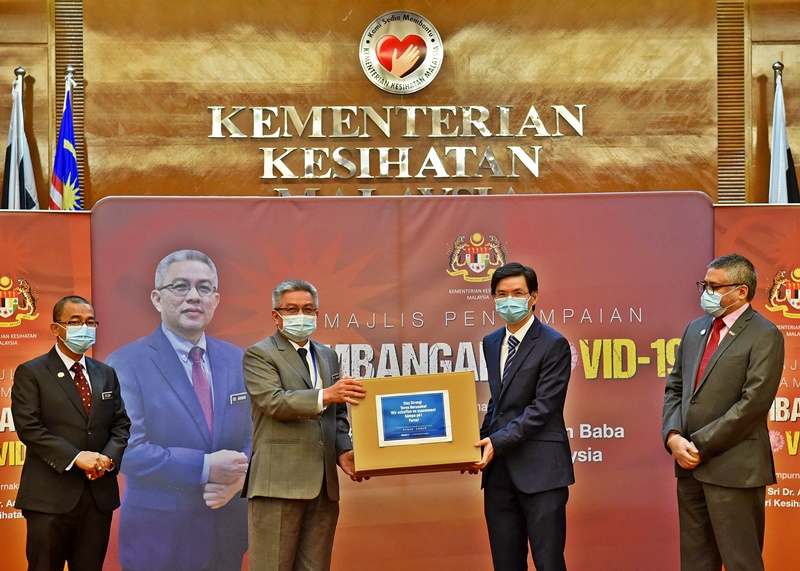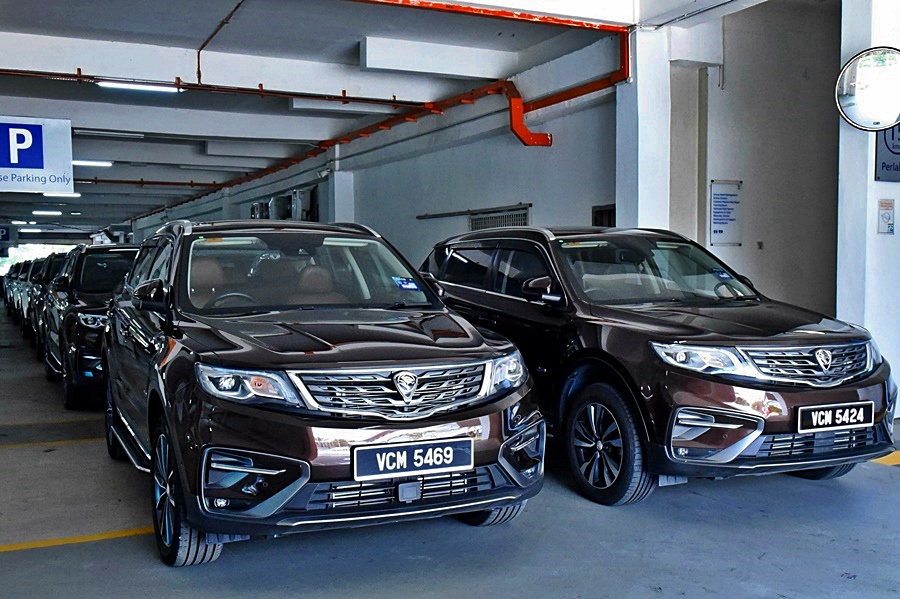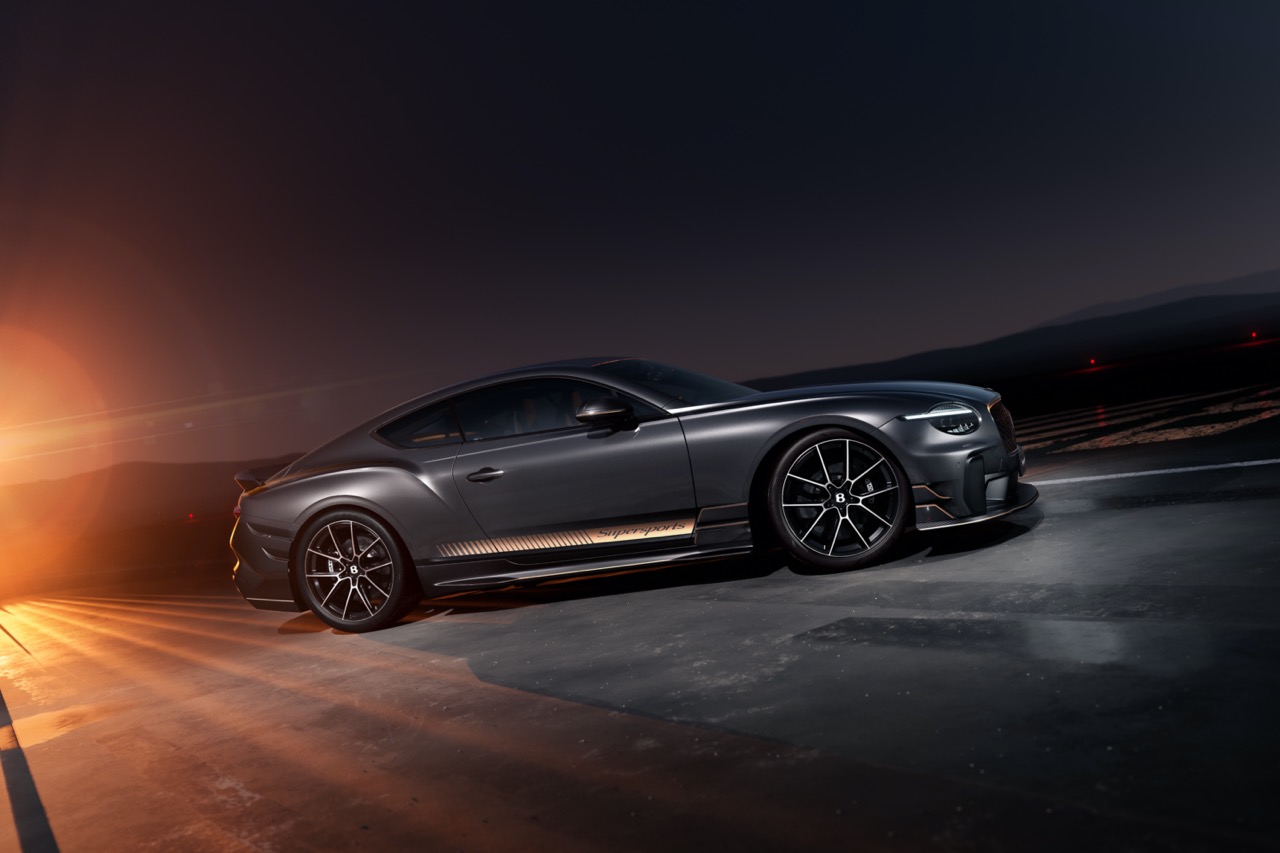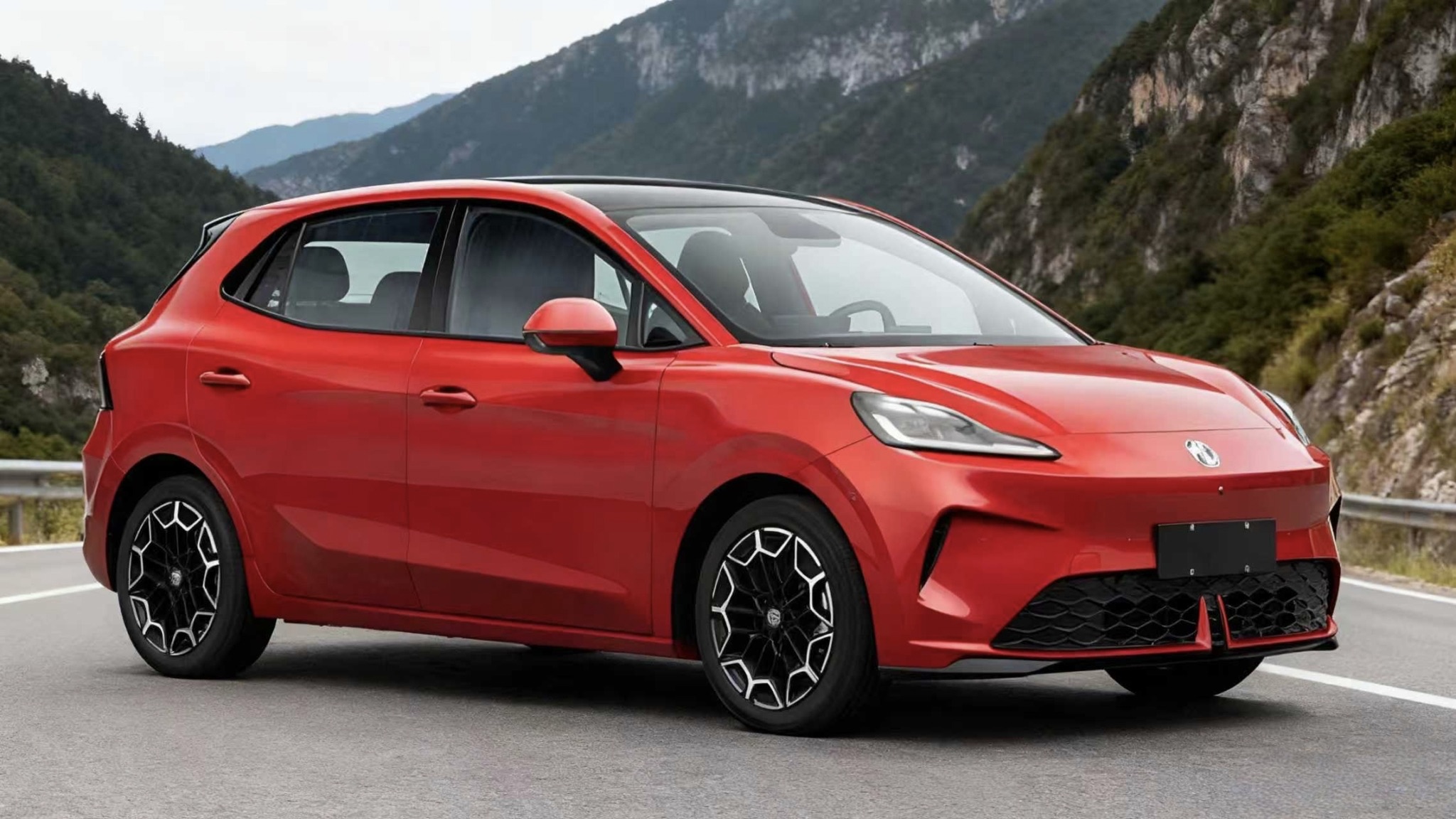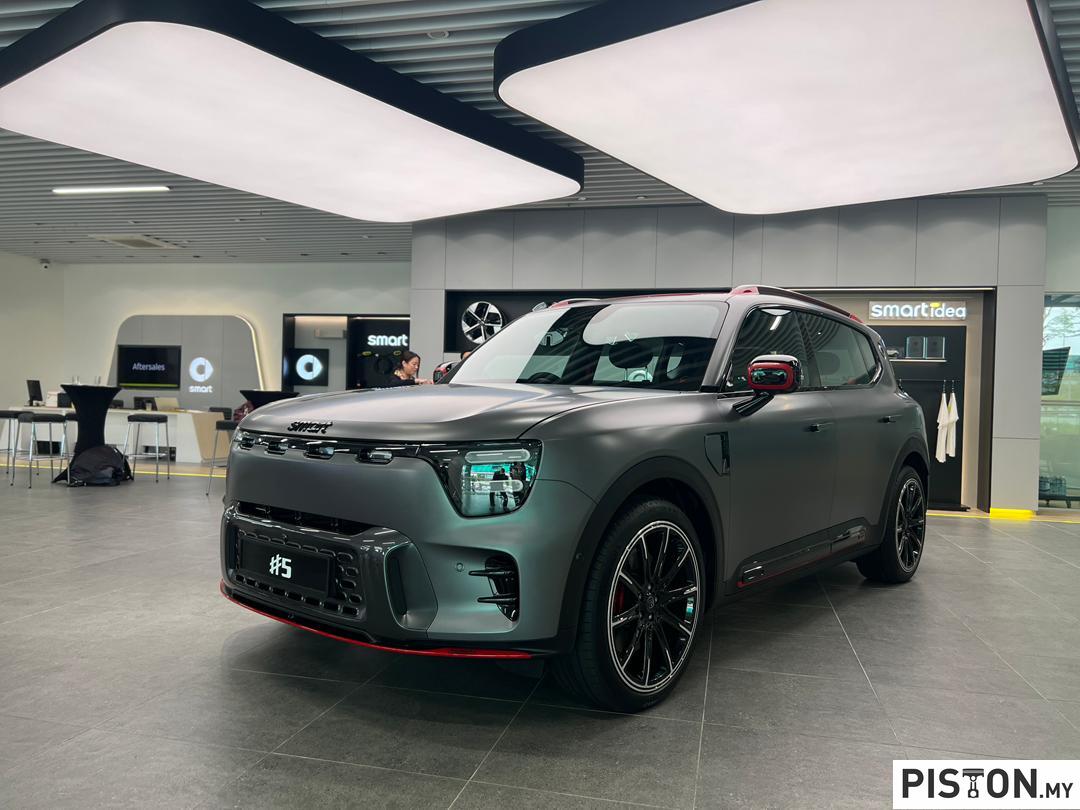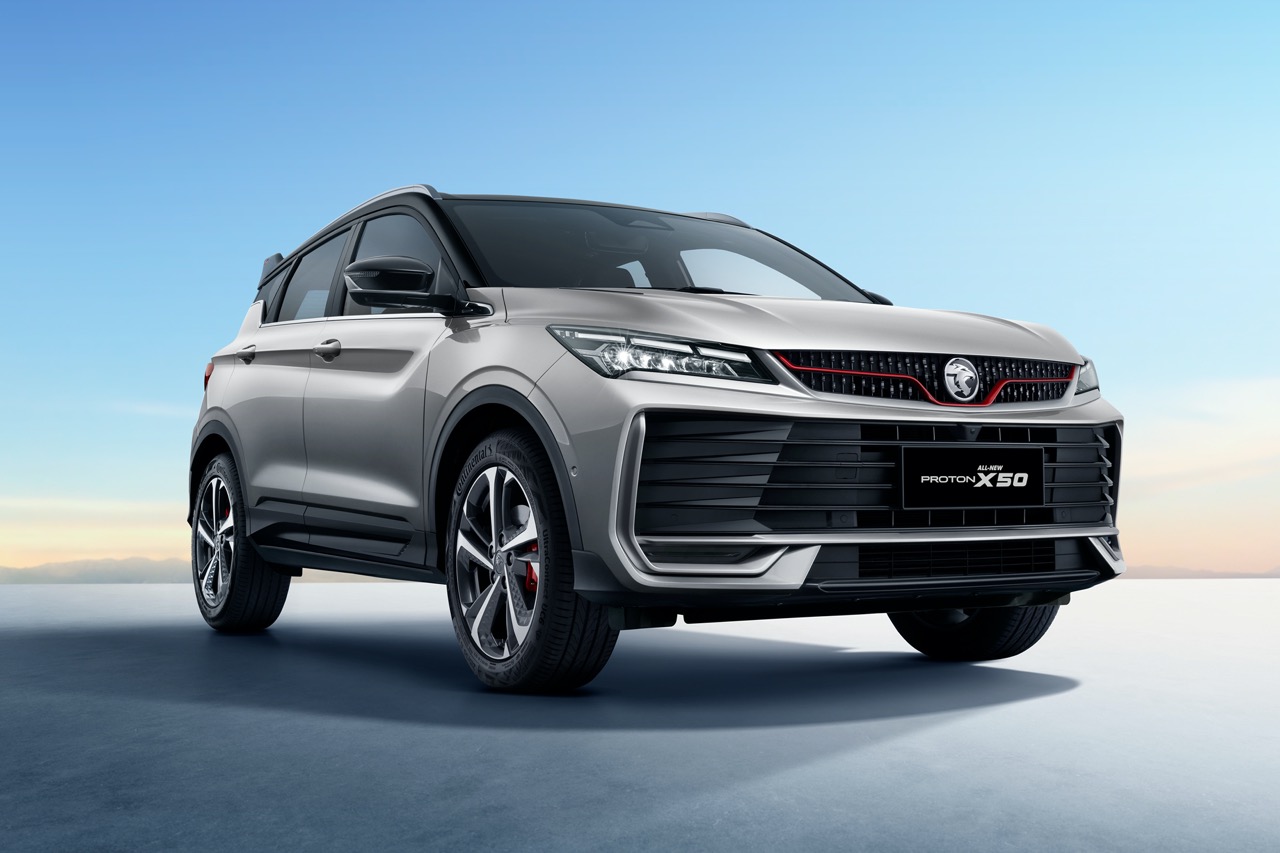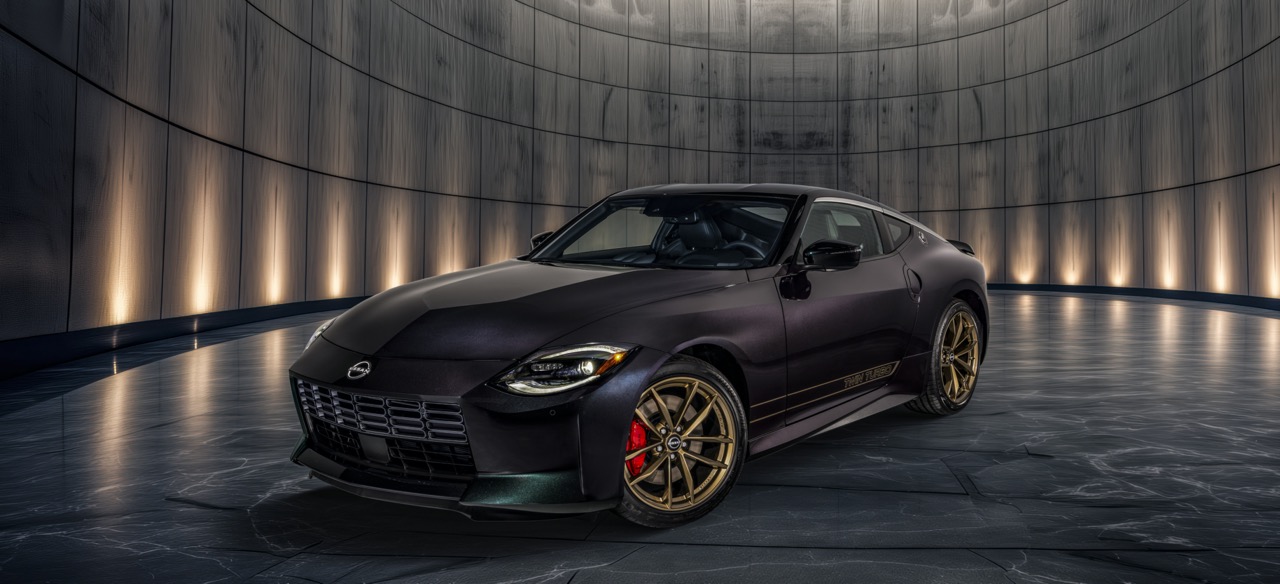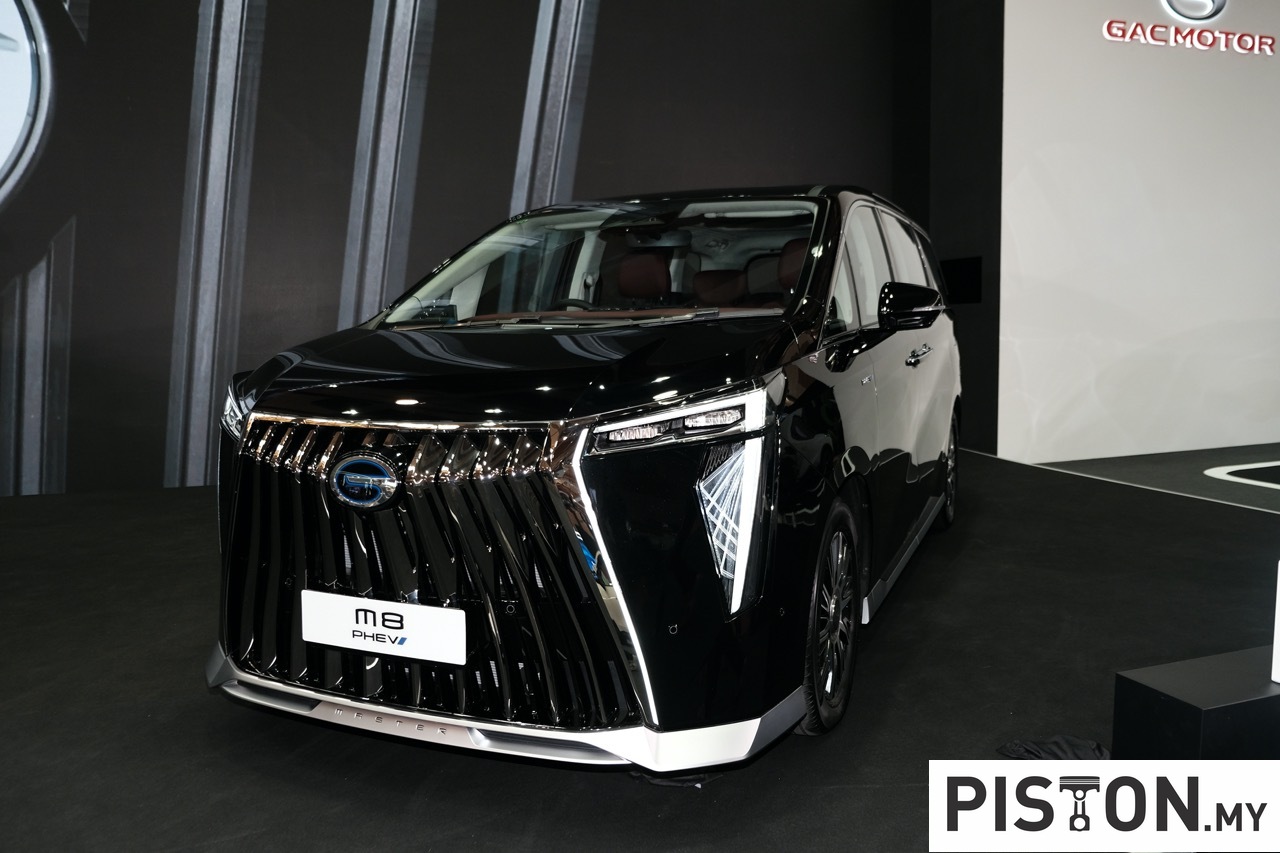After confirming that interstate travel will be permitted for those who wish to return to their homes in cities after being trapped since March 18, the police have now released the schedule of travel for the 4 days starting from May 7 as follow:
May 7 (Thursday): travel permitted from Kuala Lumpur to other states.
May 8 (Friday): travel permitted from the states of Perak, Johor and Kelantan.
May 9 (Saturday): travel permitted from Perlis, Kedah, Penang, Melaka and Pahang.
May 10 (Sunday): travel permitted from Selangor, Negeri Sembilan and Terengganu.
The scheduling has been done to avoid congestion on the roads. By staggering the movement of vehicles, traffic flow is expected to be smoother.
To date, over 500,000 applications for travel were submitted via the Gerak Malaysia mobile app as well as at police stations (for those who did not have access to the internet). Only those who are 16 years old or older can make the application.
No approval message to be issued
It was clarified that following the application, which must have all the details required provided, there will be no document or message to confirm approval. Travelers can proceed and should they be stopped at roadblocks along the way, the police will refer to the Gerak Malaysia database which should have their details.
The purpose of allowing interstate travel during the four days is to enable people to return to their homes if they have been stuck elsewhere. With businesses starting to resume operations, there will be many who need to report to their workplaces so they need to get home.
This exercise is not for those who have no approval so don’t try to sneak a drive out in the countryside. If you are stopped and cannot give a valid reason for being on the road, you will be charged for breaching the Movement Control Order (MCO). That can mean a RM1,000 fine and/or time in jail.
Observe social distancing
Travelers are advised not to gather in groups if they stop along the way and to practice social distancing. This means that they should be at least a metre apart. Unlike some other countries, there is no mandatory requirement in Malaysia to use a face mask when outside the home. However, it would be a good idea to use one and help prevent the spread of the COVID-19 virus.
Remember that besides the MCO, all other regulations related to motorists and motor vehicles are still in force! So be sure to observe the speed limits and do not drive along the emergency lanes. If your journey is a long one, take a break every few hours at a R&R so as not to lose concentration due to tiredness.
Have a safe drive home!
MCO: More than 2 persons allowed in a car from tomorrow, but must be from same home

